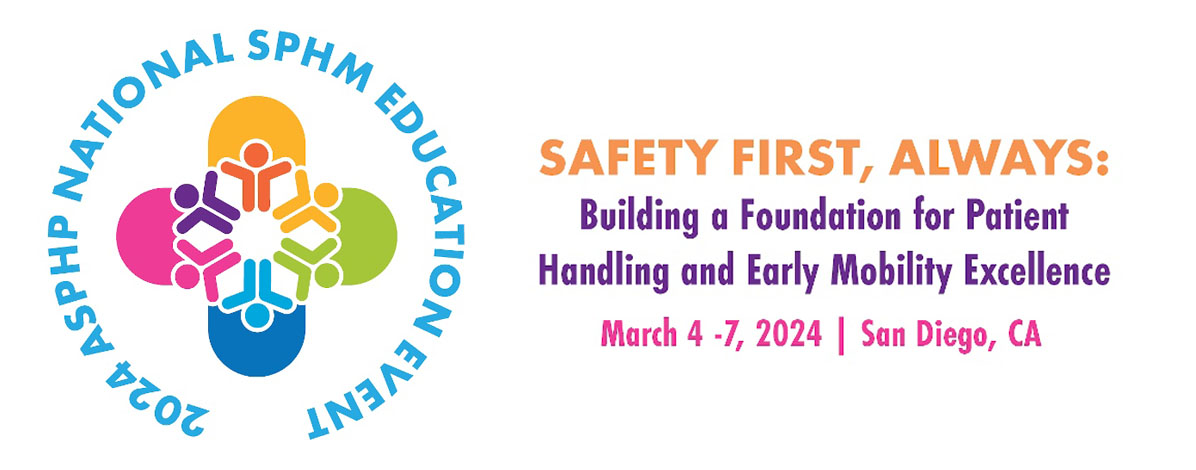Tools and Tips
April 2016
Healthcare Recipient Sling and Lift Hanger Bar Compatibility Guidelines
2016 Health Care Workers’ Compensation Barometer Report
The third edition of Aon’s biennial Health Care Workers’ Compensation Barometer report, which explores trends in frequency, severity and overall loss rates related to workers’ compensation in the health care industry. The report finds that for the 2017 accident year, health care systems will face a complex environment of emerging risks that will have a direct impact on workers’ compensation.
Click here to visit the website to learn more and download the report.
On June 8, 2016 the National Institute for Occupational Safety and Health (NIOSH) and OSHA issued a joint letter (click here) to introduce a series of 7 training modules they have developed and are making available to assist homecare agencies and their trainers. The seven modules include:
· Introduction to Homecare Health and Safety
· Reducing Strains, Sprains and Falls
· Reducing Risk from Environmental Exposures
· Reducing Exposure to Bloodborne and Other Infectious Diseases
· Staying Safe When Working With Clients With Dementia
· Setting Healthy and Safe Boundaries to Reduce Stress; and
· Safely Handling Threatening Behavior When Providing Homecare.
We have highlighted the second module that addresses safe patient handling and mobility. For more information, go to the following link
http://www.cdc.gov/niosh/docs/2015-102/module2.html
Download PDF
Editorial by Guy Fragala
Guy Fragala wrote this Editorial to assist in getting a consistent message to senior leadership about the importance of Safe Patient Handling and Mobility programs and to begin the task of gaining support from them. If you feel that it will be to your benefit, please feel free to reprint for use.
Proud to be Certified
CSPHA, Hollie Lepage-Dexter, developed a poster for a local SPHM conference that proudly says it all for us! Please take a look.
Caution, Patient Sign
Safe patient handling protects both the caregiver and the receiver of that care. This sign is a somewhat humorous way of linking a slogan commonly used for packages to patients, a human package that also must be handled with care. The ASPHP website is shown as a resource that may be used to obtain more information. Feel free to use this sign in your facilities, reminding your staff to use safe patient handling practices.
Colin J. Brigham, CIH, CSP, CPE, CPEA, CSPHP, Board Member – ASPHP
Ten Strategies for Reducing Patient Handling Injuries – Rick Barker (PDF)
Note: Additional information From Your Peers may be found in the Members Learning Center.

